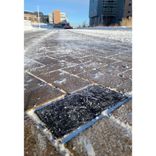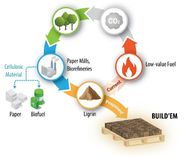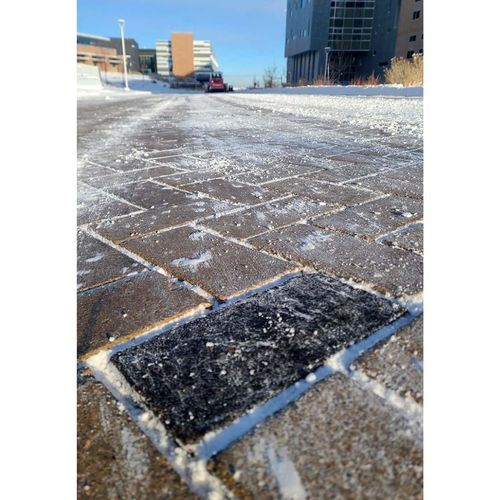NREL Researchers Pave the Way for Carbon-Negative Concrete



The BUILD'EM paver outside of NREL's Research Support Facility survived the winter of 2023–2024. // PHOTO: Paul Meyer, National Renewable Energy Laboratory
August 5, 2024
BY National Renewable Energy Laboratory
Advertisement
Advertisement
Related Stories
Chemists at the University of Copenhagen have developed a method to transform PET plastic waste into a powerful new material for CO₂ capture. The material, called BAETA, can absorb carbon emissions efficiently and be regenerated for reuse, offering a scalable, low-energy alternative to existing capture technologies.
A University of Houston team led by Professor Mim Rahimi has developed a membraneless electrochemical amine regeneration process that achieves over 90% CO₂ removal at roughly $70 per ton, significantly reducing both costs and energy use.
An industry consortium comprised of leading steelmaker sare undertaking a pre-feasibility study to assess the development of Carbon Capture, Utilisation and Storage (CCUS) hubs across Asia. The CCUS Hub study is the first independent industry-led study of its kind in Asia and will examine the technical and commercial pathways to utilising CCUS in hard-to-abate industries across Asia.
The Global Carbon Management Foundation, in partnership with the Global CCS Institute, has launched the Global Carbon Management Academy. Backed by the Carbon Management Challenge and leading institutional partners, the Academy aims to educate, train, and build knowledge to scale up carbon management globally.
Rice University researchers have developed an electrochemical reactor that has the potential to drastically reduce energy consumption for direct air capture (DAC), the removal of carbon dioxide directly from the atmosphere.





